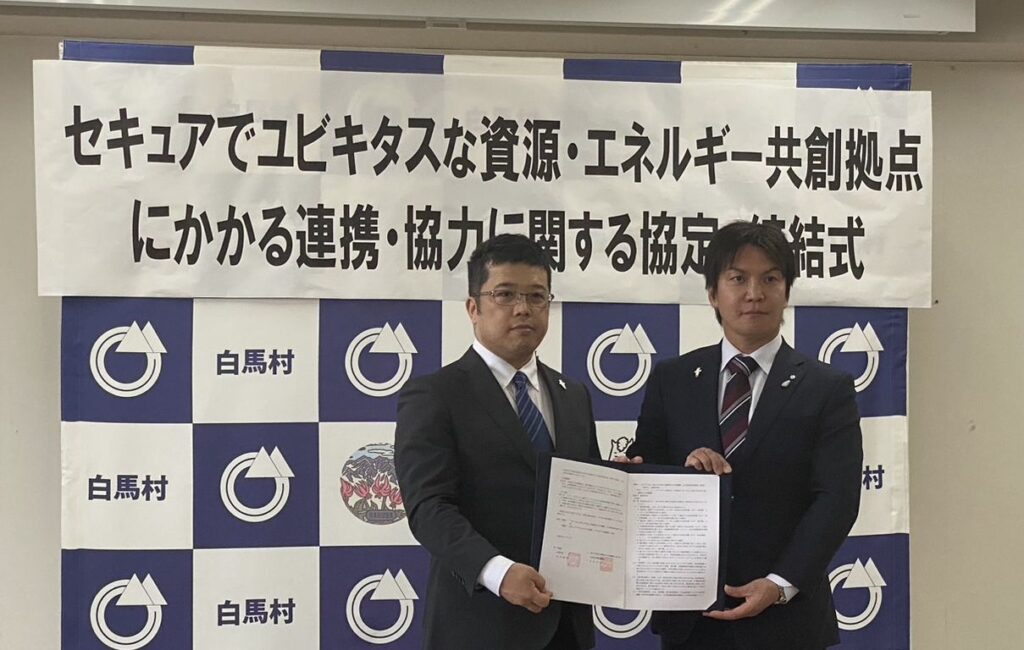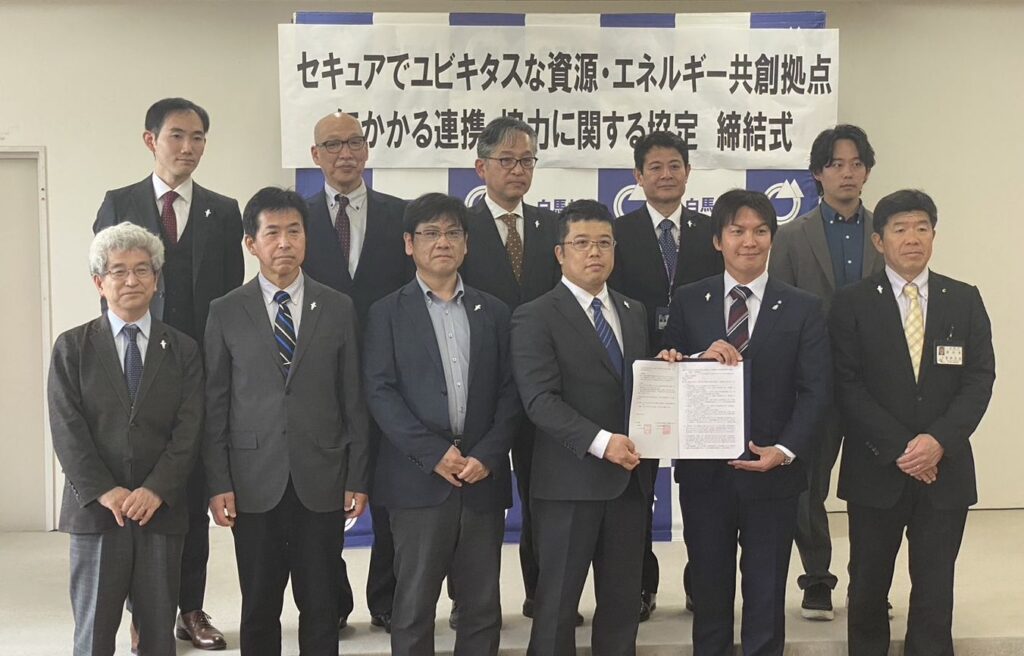news
SyncMOF Initiates Methane Gas Production from CO2 in a Demonstration Experiment in Hakuba Village, in Collaboration with Nagoya University’s COI-NEXT Project
SyncMOF is collaborating with the Nagoya University Institute for Future Society Creation to roll out an innovative environmental project in Hakuba Village. This project aims to implement a technology that efficiently captures atmospheric carbon dioxide and converts it into methane gas. Featured in the Yomiuri Shimbun and Chunichi Shimbun, this initiative has garnered attention both domestically and internationally.
The demonstration experiment conducted in 2024 is part of an agreement between Nagoya University and Hakuba Village, supported by the Japan Science and Technology Agency’s Nagoya University COI-NEXT program. The project utilizes renewable energy to convert CO2 into methane, aiming to enhance the local energy self-sufficiency and contribute to the realization of a decarbonized society.
SyncMOF’s developed MOF technology selectively adsorbs CO2 from the air, which is then captured in village facilities. Subsequently, through a process known as methanation, the captured CO2 is reacted with hydrogen to produce methane gas, which will be used locally for heating, cooking, and hot water supply.
Hakuba Village is actively working towards decarbonization and contributing to the resolution of global environmental issues. Through this project, the village aims to raise environmental awareness and work towards sustainable community development.
Professor Ryotaro Matsuda from Nagoya University has expressed his aspirations for the project: “I hope to effectively promote this project globally, especially in a village visited by many foreigners, and engage in meaningful exchanges to advance our goals.” SyncMOF, as the provider of the underlying technology, continues to strive towards the social implementation of new environmental technologies.
For more details on the coverage, please see the Yomiuri Shimbun here and Chunichi Shimbun here.

